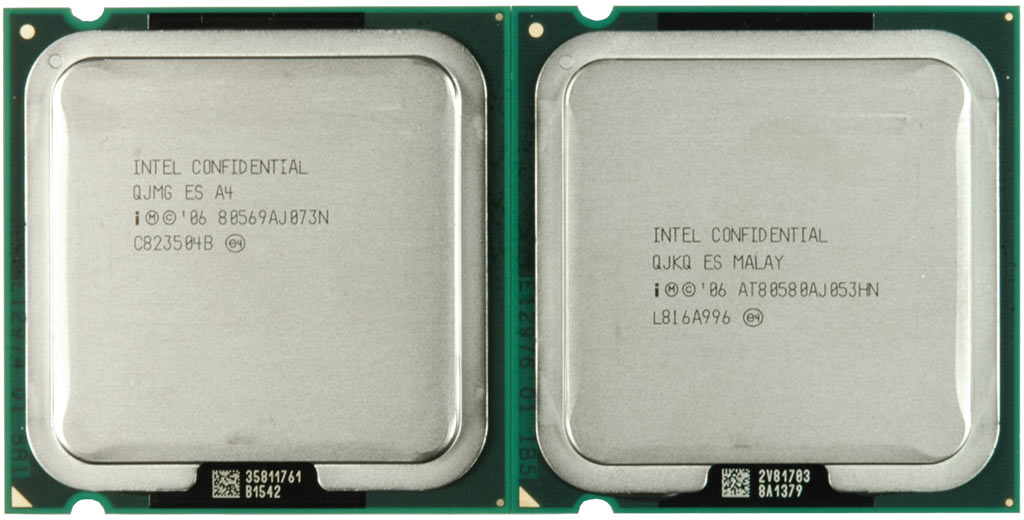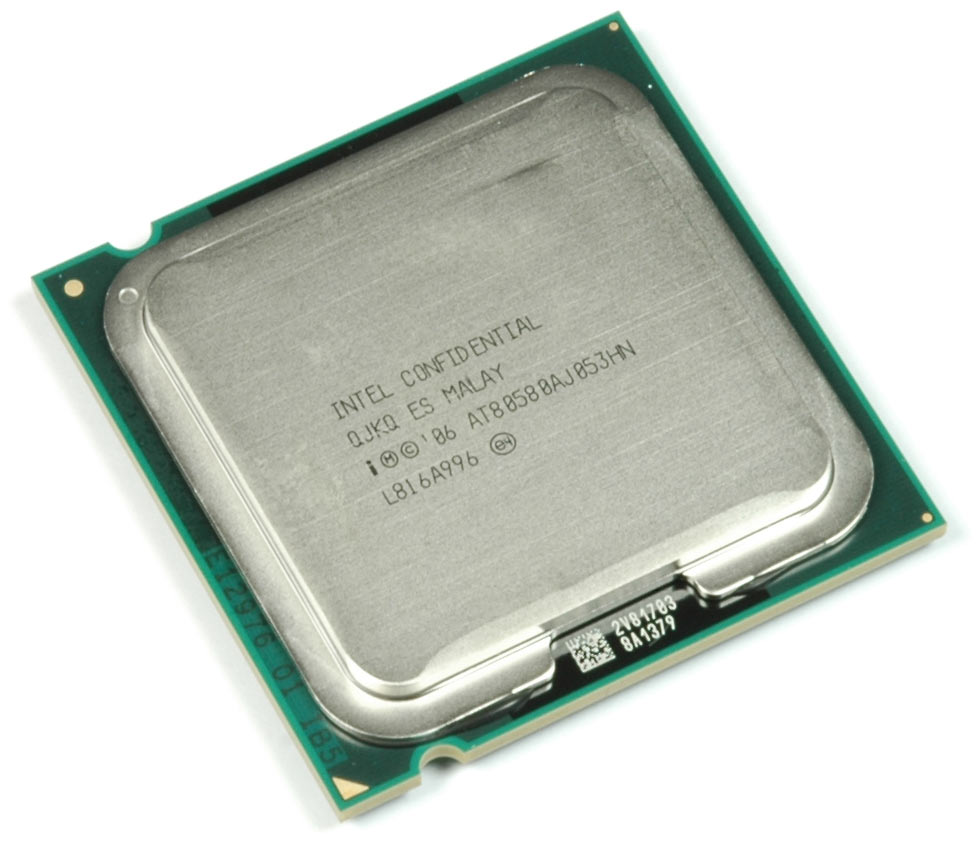Core 2 Quad Gets Efficient: Enter The Q8200S And Q9550S
The Core 2 Quad S-Series
The new processors are all based on Intel’s 45 nm manufacturing process, and they basically utilize the same silicon as the regular, non-S models, centering on the Core 2 Duo 'Wolfdale' design, utilizing two processing cores. Intel puts two of these onto one physical processor to create a Core 2 Quad processor, which it refers to as Yorkfield. Supporters of monolithic processor design have criticized this approach, saying it would not result in a true quad-core. And indeed, the disadvantage is increased front side bus traffic due to inter-core communication. However, we believe that the real judge should be the benchmarks, and the results there have been nice: the Core 2 Quad delivers high performance at an acceptable power consumption level.
S-Series Models
The S-series currently consists of three processor models. All have exactly the same technical characteristics and performance as the corresponding regular models, but they are rated at a maximum thermal design power of 65 W. The Core 2 Quad Q8200S runs at 2.33 GHz and has two 2 MB L2 caches; the Core 2 Quad Q9400S is a 2.66 GHz part with two 3 MB caches; and the Q9550S top model runs at 2.83 GHz and has the full 6 MB L2 cache for each dual core die, resulting in a total of 12 MB L2 cache.
Power Matters
Having four cores run at only 65 W is a significant step, as this has been the thermal design limit for Intel’s Core 2 Duo processors since their introduction. This means that virtually any Core 2 Duo system that was designed to be energy efficient will now be able to work with these quad cores as well, effectively doubling the performance reserves.
However, Intel is not the first company to deploy a 65 W quad core processor for desktops, as AMD presented its Phenom X4 9100e in May 2008. Credit belongs to AMD as the first, but the 9100e wasn’t a high-performance part at only a 1.8 GHz clock speed. Not only is the Core 2 Quad faster when compared at the same clock speed, but the new S-series models at 65 W are available at mainstream clock speeds of up to 2.83 GHz. The higher frequencies mean that they are able to provide substantial performance even for traditional applications that may not be able to benefit from multiple processing cores.
Click here to view more images of Intel's Core 2 Quad and its vital stats in CPU-Z.
Get Tom's Hardware's best news and in-depth reviews, straight to your inbox.
Check prices for Intel's Core 2 Quad Q9400S
Current page: The Core 2 Quad S-Series
Prev Page Four Cores For The Power Consumption Of Two Next Page Efficiency: Pay Attention To The Power Supply!
